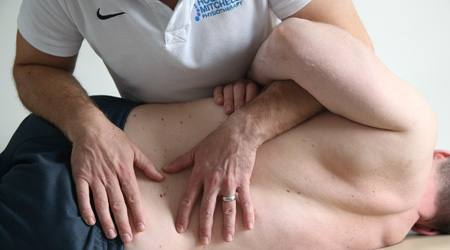
Spinal manipulation
This is mostly done for 'stiff' joints to improve movement and reduce pain. It should never be done when a nerve injury is also present as it can often make problems worse. Appropriately trained physios have the skills to do this as well as osteopaths or chiropractors, just on suitable clients and conditions.
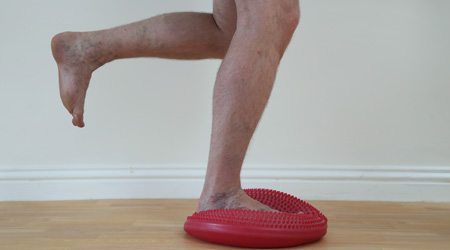
Sports injury treatment and rehabilitation
New injuries need to be accurately diagnosed and appropriately loaded in the initial phases to aid optimal recovery. Sport-specific rehabilitation is the most important element of any injury to help prevent recurrence and aid return to play as soon as possible.
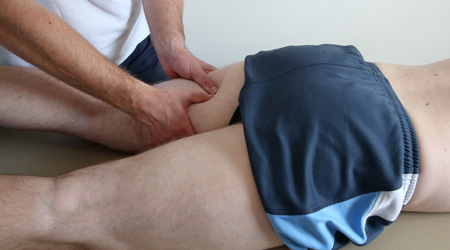
Sports Massage / soft tissue treatment
Massage has been shown to be effective at reducing pain, improving recovery times, reducing stress and improving range of movement in a range of conditions. However, addressing the contributing factors is just as important such as striving to address muscle imbalances and postural inefficiencies. Learn More >
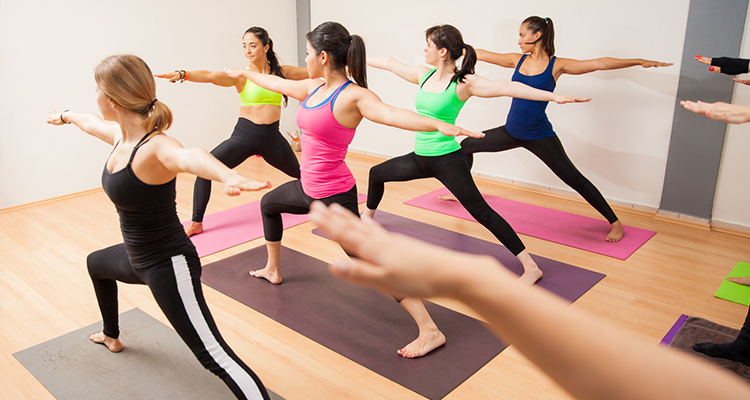
Yoga
Yoga is a form of exercise which focuses on flexibility, breathing and relaxation to challenge all the muscles in your body in a different way. When you take part in a yoga class, you will be asking your body to hold physically demanding postures while breathing in a relaxed way. Learn More >

Post surgical rehabilitation
After any operation you can expect a reduction in function and confidence in moving but he sooner normal movement is incorporated into rehabilitation, within the limits of the surgeon's recommendations, the better. An appropriate treatment plan and rehab programme within realistic timeframes ensures goals are achieved and quality of life improves.
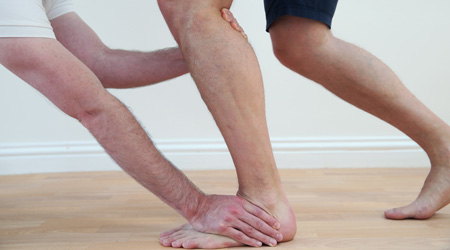
Post fracture rehabilitation
When a bone breaks (medically termed as a fracture), a period of immobilsation, rest or reduced weight-bearing usually ensues, often with a cast or brace for support. When the bone is healed the surrounding joints are often stiff and muscles have weakened. Hands on treatment or 'Manual Therapy' along with an appropriate rehabilitation programme usually helps to encourage more normal movement, reduce pain and restore function.

Tailored stretching programmes
Many people these days lead a fairly sedentary lifestyle, often being part of the 'Sitting Revolution' slaving over a desk in an office. Evidence has shown sitting for too long has a detrimental effect on health (http://www.sciencealert.com/watch-is-sitting-too-much-killing-you) and physical inactivity being a greater predictor of life expectancy than other lifestyle related problems like obesity and alcohol abuse (https://youtu.be/aUaInS6HIGo). At Hogan & Mitchell we have extensive experience in helping clients return to activity and get fitter and stronger with realistic individual programmes.

Balance, dizziness and vestibular rehabilitation
Physiotherapy been shown to be extremely effective in improving balance regardless of the cause. We 'balance in the brain' using several body parts to give feedback and help including the eyes, ears and soft tissues. Often there is 'mismatch' between what these parts are telling the brain so we can feel dizzy or off balance. Expert diagnosis and rehabilitation is very important to improve symptoms and confidence.



